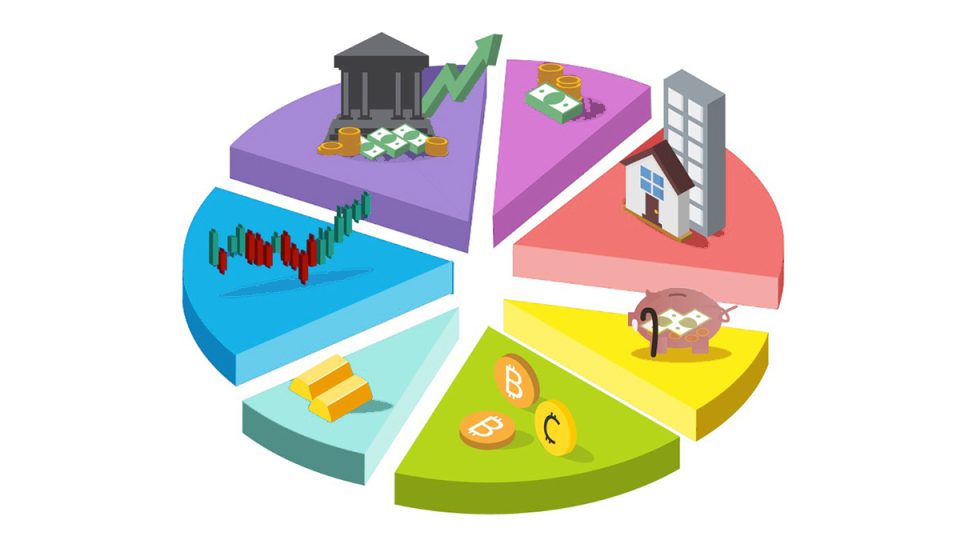For more stories like this, sign up for the PLANADVISERdash daily newsletter.
Alternative Investments, Gold Rank as Top Assets for Global Investor Cohort
About 80% of investors responding to an HSBC survey said they seek guidance from experts when making investment and wealth management decisions.
Wealthy investors have doubled their allocations to alternative investments over the past year due to their desire to further diversify their portfolios, according to HSBC.
HSBC’s “Affluent Investor Snapshot 2025” found that more than half of survey participants with between $100,000 and $2 million in investible assets said they plan to own alternative investments within the next 12 months, doubling their current ownership level.
Respondents also reported that they have cut cash levels by nearly 40% within the last year, with younger generations making the most significant reductions. Members of Generation Z and Millennials have decreased their cash holdings to 17% from 31%, according to the survey.
According to the survey of 10,797 investors (1,098 based in the U.S.) in 12 markets globally, multi-asset solutions, private market funds, mutual funds and hedge funds have become the most popular investment products as investors look for wider diversification. Private market funds are especially popular, with 29% of respondents reporting they plan to add them to their portfolios and 20% reporting they intend to invest in hedge funds.
Gold and Alternatives
In addition to alternatives, gold has emerged as “the standout asset class” of the year, with allocations more than doubling to 11% of portfolios from 5%, according to the survey.
This jump marks the largest portfolio allocation increase across asset classes from last year, and the number of portfolios that include gold is anticipated to double during the next year, with roughly half of all respondents reporting a plan to invest in the asset, according to the survey.
Although physical gold remains a vital “safe haven” amid an unpredictable market, with 41% of respondents planning to own the asset within the next 12 months, 28% also expressed interest in digital gold. Digital gold is a virtual form of gold that allows investors the flexibility to avoid buying physical gold while capitalizing on the appreciation of its value.
Regarding alternative investments, the survey found that younger generations are leading in this area. Gen Z respondents’ alternatives allocation jumped to 6% in 2025 from 2% in 2024, and Millennials to 6% from 3%.
Shifting Priorities
Investors also reported having a “global shift in mindset” within the last year, meaning they prioritized things like vacations and leisure as their No. 1 financial goal. Even with the shift, gaining wealth for financial security remains a priority across generations, according to the survey.
Although respondents said they consult various sources for investment and wealth information, 80% said they seek guidance from experts when making investment and wealth management decisions.
The respondents also reported that they prefer to receive advice that is relevant to their needs, with 75% wanting advice that directly addresses their circumstances, 62% advice through multiple channels and 70% advice without requesting it.
You Might Also Like:

House GOP Bill to ‘Codify’ Trump Executive Order on Private Investments in DC Plans

Morgan Stanley Investment Management Offers Online Alts Investing Classes

